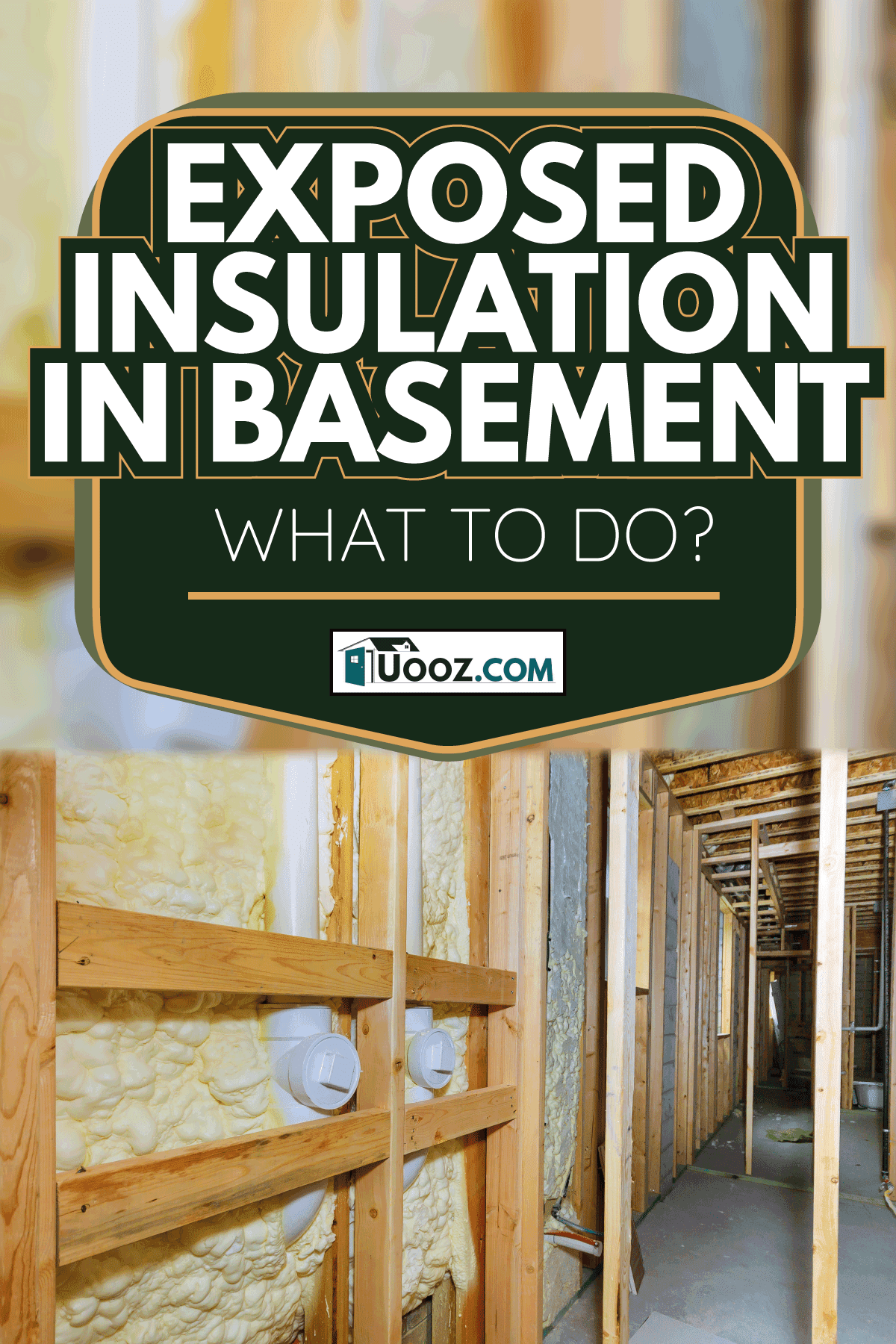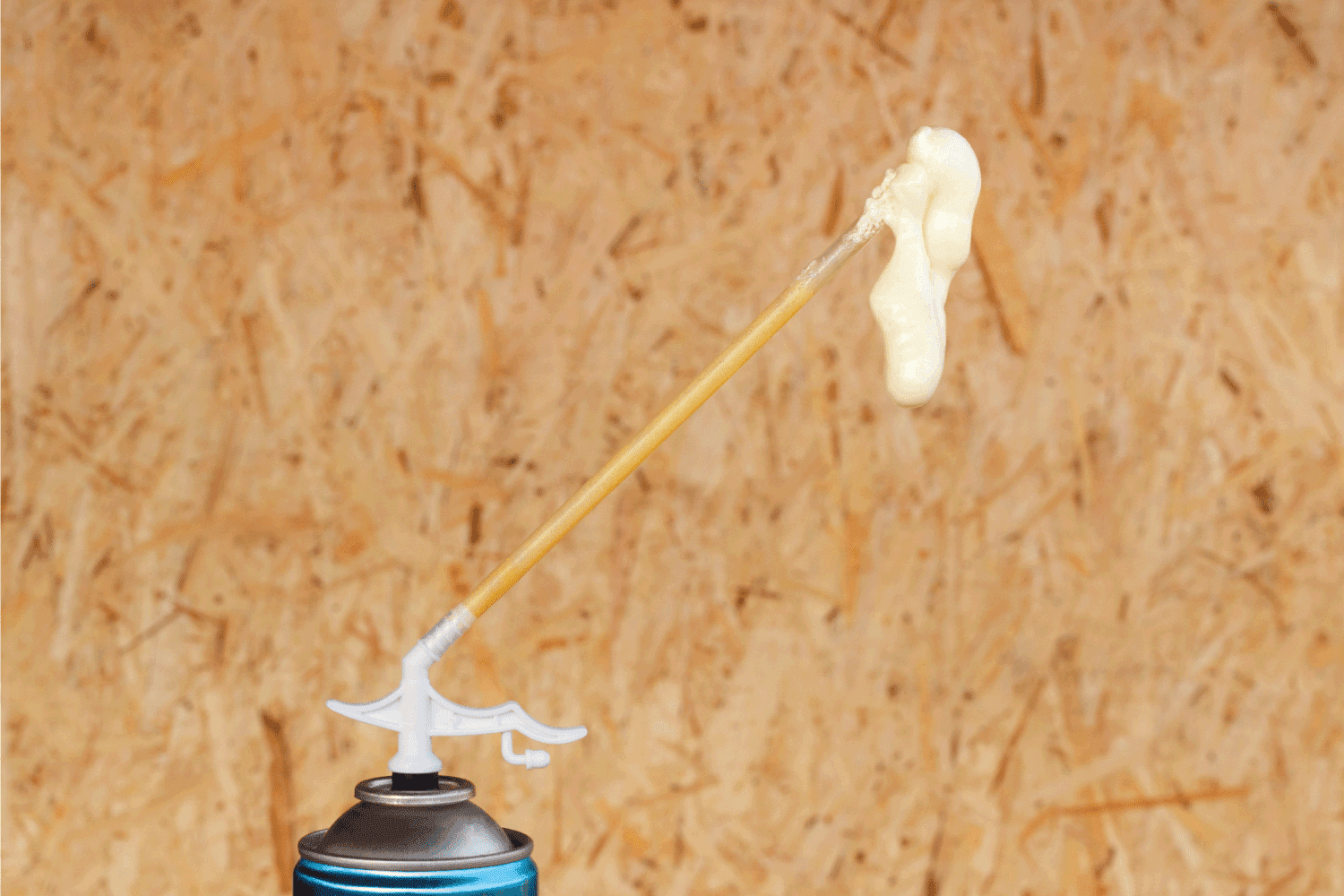Seeing exposed insulation in your basement can be a bit of a shock. Don't worry. You're not the only one who has been in this situation. We researched homeowners who experienced the same issues, and here's what we found out.
The first thing you need to do is figure out how the insulation became exposed. Once you figure this out, you can take steps to fix it. Also, consider what kind of insulation you're using when making repairs.
No matter the cause, it's essential to fix exposed insulation as soon as possible. Continue reading to find out the reasons insulation becomes exposed and how to remedy this problem.

What Are Common Reasons for Insulation Exposure?
Prolonged Exposure to Elements
Exposure to the elements is the most common reason insulation becomes exposed. Over time, sun, rain, and wind break down barriers protecting your home from the outside world. Eventually, insulation becomes loose and falls away. If you live in an area prone to high winds, this can also lead to insulation becoming displaced.
Improper Installation
If the insulation isn't sealed or fastened correctly, it can fall out of place over time. In the latter part of this article, we will discuss how to execute a proper installation.
Physical Damage
Another reason that insulation becomes exposed is because of physical damage. Unwanted damage can occur if the home or building experiences a fire, flood, or another type of disaster that causes the walls or ceilings to collapse.
Extreme heat can cause the insulation to melt and collapse. Water is also a compromising agent that damages insulation.
During Repairs and Renovation
In addition, physical damage can also occur during renovations or repairs. If the walls are being painted or repaired, the insulation may become exposed.
Animal Infestation
Animals such as rodents and birds can also cause damage. The material becomes comprised when animals create a nest or chew through the insulation.
Mold Growth
If mold is present in the basement, it can cause several problems. The mold can degrade the insulation material, making it less effective. Mold can also release spores into the air, which leads to respiratory problems for people who get exposed.
How To Fix Exposed Basement Insulation?
If you have exposed insulation in your basement, you can do a few things to mitigate the issue. Cover the insulation with a sheet of plastic or another material to create a barrier between the insulation and the living space. Doing this will help prevent any dust or debris from getting into the insulation and causing problems.
Another option is to replace the exposed insulation with new material. If you're not sure how to properly install insulation, it's best to consult a professional. Either way, addressing an exposed insulation problem in your basement is vital for maintaining a comfortable and energy-efficient home.
How to Properly Install Insulation in Your Basement?
You should keep in mind a few things when installing insulation in your basement. It would be best to make sure that the insulation is the correct type for your climate. And you'll also want to follow the proper steps for insulating your basement.
Best Insulation Materials For Basement
When selecting the best insulation material for your basement walls, it is essential to consider the R-value, the vapor permeability, and the ability to resist moisture. The higher the R-value, the better the insulation will keep your home warm in the winter and cool in the summer.
Spray Foam Insulation
Spray foam can be sprayed directly onto your basement walls. It has a high R-value and is easy to install, but it can be expensive.

Check out this Spray Foam Insulation Can Nozzle on Amazon
Rigid Foam Board
Rigid foam board is made from polystyrene or polyurethane and comes in a variety of thicknesses. It has a high R-value and is easy to install, but it can be more expensive than fiberglass batting or spray foam insulation.

You can install rigid foam board insulation directly against the building envelope. It can also be used in conjunction with other types of insulation, such as blown-in cellulose or fiberglass batt insulation.
Check Out This Insulation Foam Board on Amazon
Blown-In Cellulose Insulation
Blown-in cellulose insulation is usually made from recycled paper products and has a high R-value. It is easy to install, but it can be more expensive than other insulation materials.

Also, this type of insulation provides an excellent air seal and works well in both new construction and retrofit applications. Cellulose insulation is not susceptible to mold or mildew growth, and it does not emit harmful chemicals.
Proper Steps In Insulating Your Basement
Step 1: Build Wall Frames
Wall frames have to be built, as building codes require stud walls prior to installing insulation in your basement. They help improve thermal performance and reduce fire hazards.
Step 2: Insulate Walls
In this step, you must first measure your wall frame. Next, cut insulation batting to fit between the top and bottom plates. After that, prepare the foam board. Attach it to the wall using a construction adhesive.
Step 3: Insulate the Band Joist
First, cut the insulation to fit snugly between the joists. Next, staple the insulation in place using a heavy-duty stapler. Then cover the staples with duct tape to hold everything in place and prevent sharp edges from poking through.
Check out this Duct Tape on Amazon
Step 4: Cover Your Walls
Start by measuring and cutting the drywall to fit the space. Next, use screws to attach the drywall to the studs. Be sure to use a level when attaching the drywall to ensure it is even.
Finally, apply a joint compound to the seams and screw heads and allow it to dry. Once everything is dry, sand down any rough spots and paint or wallpaper over it to finish the job.
Check Out This Insulation Coating on Amazon
Frequently Asked Questions
How To Prevent Exposed Insulation in the Basement?
Most of the reasons your basement insulation could get exposed are out of your control. However, there are still measures you can take to prevent this from happening.
First, make sure that your basement insulation is installed correctly. And don't forget to make it a habit to check your house's insulation now and then to catch problems early.
Why Should You Insulate Your Basement?
One important reason to insulate your basement is to keep the heat in so it doesn't escape. Basements are considered the coldest part of the house. Insulating the walls and floors can also help to reduce your energy costs by keeping the heat from escaping.
In addition, insulating your basement can help protect any stored items from exposure to extreme temperatures. If you have a finished basement, insulation can also help reduce noise levels and create a more comfortable living space.
What Insulation Methods to Avoid in Basements?
Insulation materials that are porous and quick to absorb moisture are not suitable for basements. Some examples of this type are fiberglass and mineral wool rolls. Take note that fiberglass is not moisture-resistant.
What Are Health Hazards Posed By Exposed Insulation?
When insulation is damaged or installed improperly, it can release dust and fibers into the air. If these particles are inhaled, they can irritate the lungs and cause respiratory problems and even potential cancer risk.
In some cases, insulation can also be a breeding ground for mold and mildew. When mold spores get released into the air, they can cause allergic reactions and respiratory problems.
When Should You Replace the Insulation In Your Basement?
Replace severely damaged insulation or when a professional advises you to do so. As time goes by, the insulation in your basement can become compressed. When this happens, it reduces its effectiveness to store and maintain heat. It is ideal to replace your basement insulation once every 10 to 15 years.

Final Thoughts
Leaving exposed insulation can lead to further damage and even health problems. That's why you need to take care of any exposed insulation as soon as possible. If you're not sure you can fix it yourself, it is best to call a professional. They can better assess the situation and give you the best course of action.
Since you're already here, why not make time to read the following articles:




